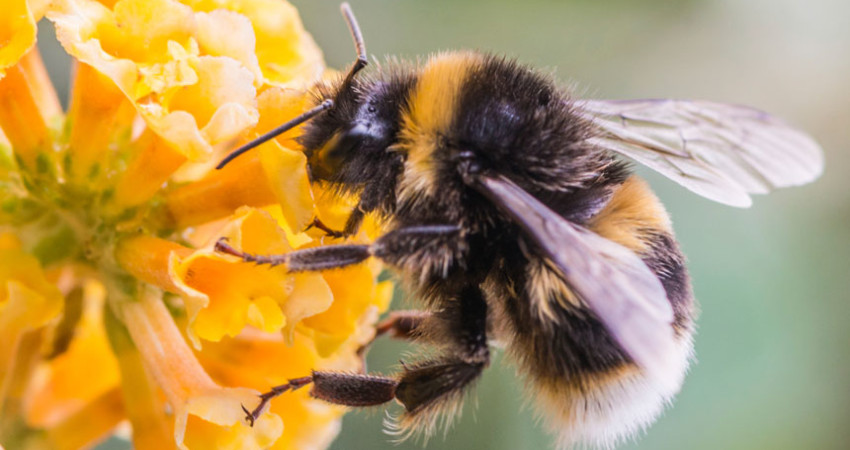

While bees can fly up to two miles to find nectar and pollen, they do best with less “travel time.” Bees can be kept almost anywhere; they do not have to be in a “perfect” spot. Choosing the best possible location, however, increases the chances for a strong, productive colony. Consider both the bees and your neighbors when making your decision. Some points to keep in mind are:
Bees need water to dilute honey and cool the hive during hot weather. If water is nearby, they can spend more time gathering nectar and less time collecting water. If necessary, a dripping garden hose or water trough filled with coarse gravel may be placed near the hive. Bees will drown in deep open water containers.
Bee behavior is affected by temperature. They rarely work when the temperature is below 57oF or above 100oF. They cannot fly when the temperature is below 55oF. On very hot days, bees cluster outside unshaded hives and do not work. However, too much shade in the summer makes bees irritable
Windbreaks provide some protection from cold winter winds. Bees eat more stores and are more susceptible to dysentery when located where cold winds hit the hive.
Field bees orient themselves with the sun and usually fly from mid-morning to mid-afternoon. Avoid placing hives on the west or north sides of buildings. Orient the hive entrance to the south or southeast but not into prevailing winds.
If you are in hilly country, locate your hive in a valley. Bees fly uphill for nectar and downhill when loaded with pollen or nectar. Locate the hive so you can carry filled supers down the slope to your storage area.
Locate your bees close enough to your home to observe them regularly.
Hives near highways, sidewalks, or watering troughs might be a nuisance. If your hive is in this situation, build a high fence so bees leaving and returning to the hive must fly over the area.
Avoid locating the hive near large rivers bees must cross to forage. Bees within a half mile of wide rivers often drop into the water and drown when returning home tired and loaded with nectar.
Bees will fly two miles in any direction over level ground for nectar, but honey production increases if nectar is closer. Try to locate the hive near fall and spring nectar sources.
 Contact Jaguza Support
Contact Jaguza Support